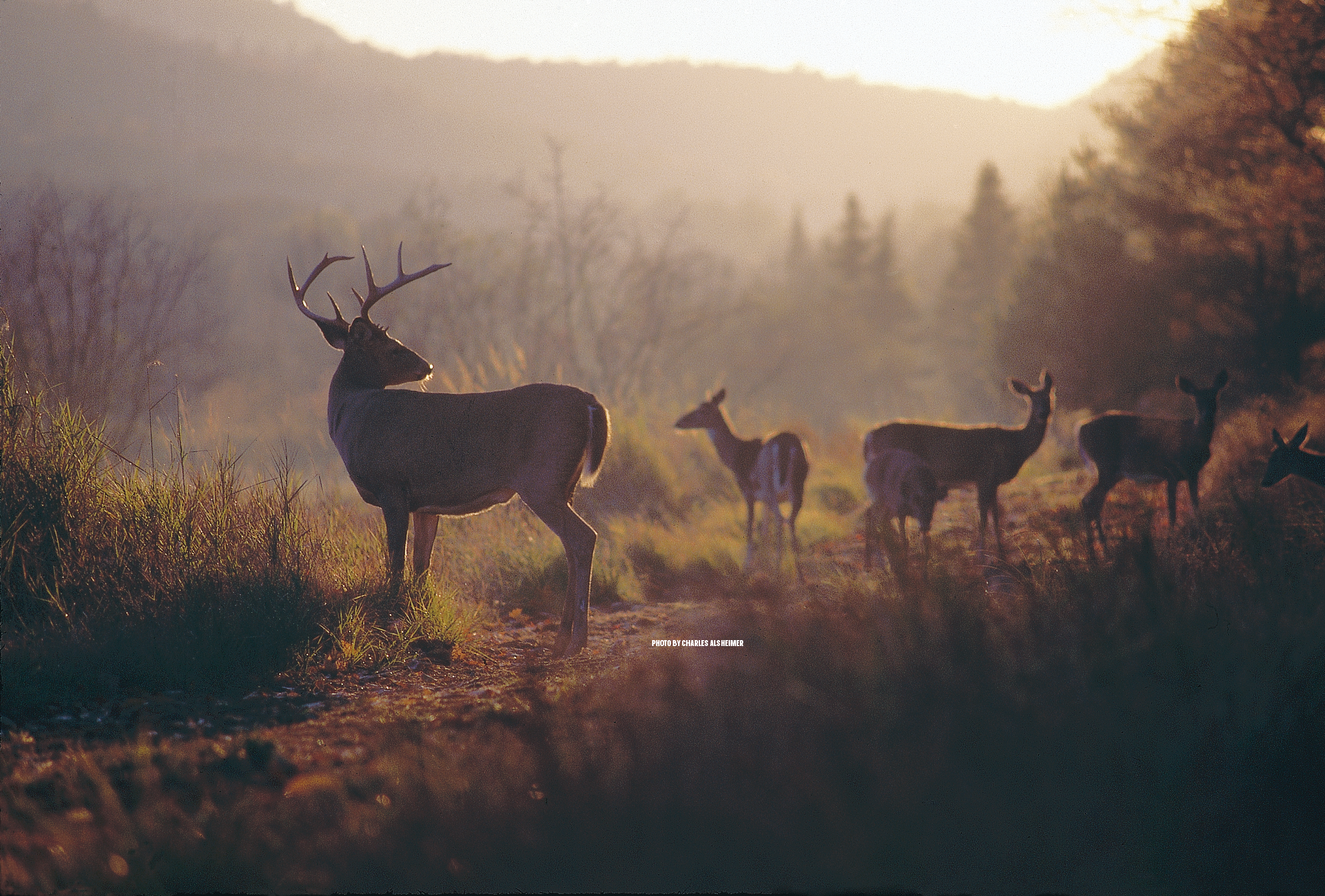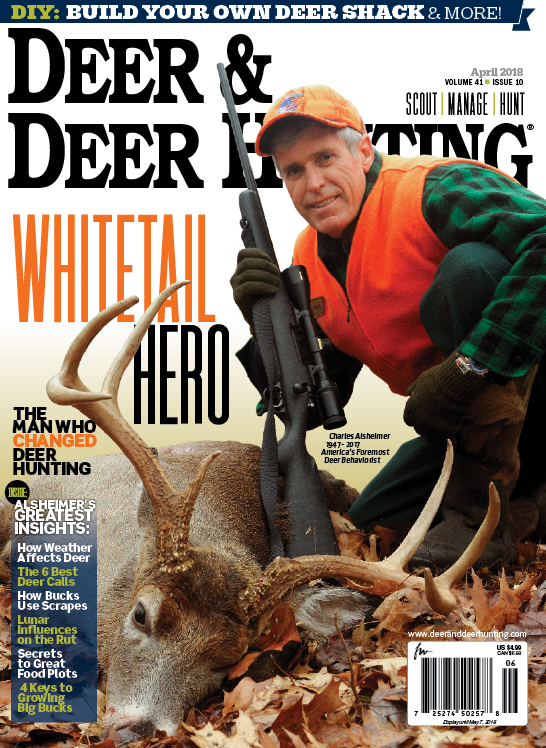Alsheimer’s annual Northern rut prediction forecast was among his most popular — and most misunderstood — contributions to the deer hunting community.
Those who only casually followed his work on this topic criticized him for not being scientific enough with his findings. Meanwhile, legions of fans — diehard hunters — knew he was on to something because it was his intimate knowledge of deer behavior, not a simple moon-phase denomination, that fueled his work on this topic.
Alsheimer’s rut-predictor (developed with Vermont biologist Wayne Laroche) was originally based on a model that links cyclical changes in the Earth’s solar and lunar illumination to the whitetail’s reproductive cycle. They hypothesized that sunlight and moonlight provided environmental cues that set, triggered and synchronized breeding among whitetails.
During the early days of their work, a computer model was developed that uses astronomical data, field observations of rutting activities and measurements of light intensity to predict rut activity.

Alsheimer presented his forecast every year in D&DH and also the “Whitetail Calendar” produced by D&DH. Considering how much work he put into this project, he compiled the annual predictions for a pittance of a fee. What’s more, on several occasions he turned down lucrative deals from hunting industry manufacturers and retailers to commercialize his rut forecast.
“I’m obviously not doing this for the money,” Alsheimer once told D&DH Editor-in-Chief Dan Schmidt. “I do this because I believe we are onto something.”
The key to understanding the forecast is to understand that it has to do with whitetail behavior and biology more than a simple moon phase.
“Now that we have been into this so long, we feel that we basically have three ruts: a synchronized rut, a classic rut and a trickle rut,” Alsheimer said. “A synchronized rut is when that doe’s estrogen level peaks, the buck’s testosterone level peaks and the full moon all happens at the same time on Nov. 1.
“Whenever we have seen a full moon around the same time as a peak in those two hormones is the best rut. It’s the most spectacular,” he said. “When everything happens around Nov. 1, everything seems to explode.
“Now what about the classic rut? Whenever you have that full moon hit somewhere in the neighborhood of Nov. 6, or Nov. 13 — or in that time frame — you’re likely to have a mid-November rut. It’s going to be great.

“What about the trickle rut? What basically happens here is you have a full moon that is going to hit Oct. 16 or 17 and another one that hits around Nov. 16 or 17. What basically happens here is some of those does will cue off the October full moon, while the others will cue off of the November full moon. So, late October you get a pop in the rut, and then Thanksgiving week you will get a pop in the rut and in-between it ebbs and flows. These are the kind of years when a guy is hunting some place and calls his buddies and says, ‘Hey, you better get up here because the rut is going crazy.’ It takes his buddies a few days to get there and it’s now completely dead in the woods, and they’re like, ‘you’re crazy, man.’ That’s the trickle rut to a tee.”
Charles J. Alsheimer was a preeminent expert on deer behavior and collaborated on groundbreaking research on the moon’s impact on whitetail breeding patterns. He authored seven best-selling books and hundreds of magazine articles on the whitetail. He served as field editor of Deer & Deer Hunting magazine for nearly 38 years and as host of Deer & Deer Hunting TV, which aired on the Outdoor Channel, before his untimely passing in 2017. His work on deer behavior was ahead of its time.

